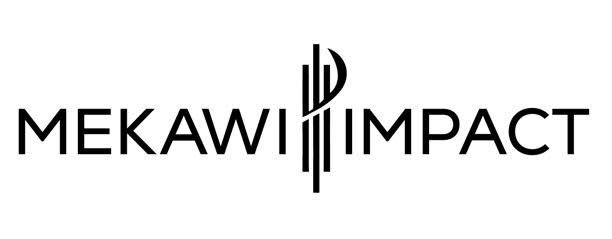What are the Sustainable Development Goals?
The Sustainable Development Goals (SDGs), otherwise known as the Global Goals, are a universal call to action to end poverty, protect the planet and ensure that all people enjoy peace and prosperity.
These 17 Goals build on the successes of the Millennium Development Goals, while including new areas such as climate change, economic inequality, innovation, sustainable consumption, peace and justice, among other priorities. The goals are interconnected – often the key to success on one will involve tackling issues more commonly associated with another.
The SDGs work in the spirit of partnership and pragmatism to make the right choices now to improve life, in a sustainable way, for future generations. They provide clear guidelines and targets for all countries to adopt in accordance with their own priorities and the environmental challenges of the world at large. The SDGs are an inclusive agenda. They tackle the root causes of poverty and unite us together to make a positive change for both people and planet. “Poverty eradication is at the heart of the 2030 Agenda, and so is the commitment to leave no-one behind,” UNDP Administrator Achim Steiner said. “The Agenda offers a unique opportunity to put the whole world on a more prosperous and sustainable development path. In many ways, it reflects what UNDP was created for.”
In the report Better Business, Better World, from Business and Sustainable Development Commission, the business case for sustainability is evaluated from a macro perspective. In short the research shows that the Sustainable Development Goals (SDGs) or Global Goals — to end extreme poverty, inequality and climate change by 2030, offers a compelling growth strategy for individual businesses and for business in general. Achieving the Global Goals creates at least $12 trillion U.S. in opportunities in four economic systems examined by the Commission; food and agriculture, cities, energy and materials, and health and well-being can generate up to 380 million jobs, mostly in developing countries.
Skroupa: Why should companies engage around the SDGs?
Weidman-Grunewald: The SDGs provide an international common language and framework, increasingly used to define and measure impacts. It also helps companies to describe their value throughout the value chain and respond to requests that include non-financial measurements.
The SDGs also provide investors with an insight on how government decision-making and company behavior will shape the development of the global economy over the next 15 years. By setting policy makers’ priorities, the SDGs will be a key driver of global GDP growth and source of investment opportunities. Investors are in general more concerned with companies’ sustainability risk profiles as well as interested in understanding sustainability-related business opportunities.
It provides an engagement model internally as well as externally, i.e. both with employees, with customers, investors as well as different societal stakeholders.
Here is a list of 17 SDGs and 17 companies that are doing their part to make the world a better place.
1. NO POVERTY
Visa brings financial services to the underserved.
2. ZERO HUNGER
General Mills gives meals to local food banks.
3. GOOD HEALTH AND WELL-BEING
Kaiser Permanente invests in healthy communities.
4. QUALITY EDUCATION
LEGO funds children’s play, learning, and creativity.
5. GENDER EQUALITY
Participant Media teaches students worldwide about Malala.
6. CLEAN WATER AND SANITATION
Kimberly-Clark recognizes that toilets change lives.
7. AFFORDABLE AND CLEAN ENERGY
Cummins is investing in solar power.
8. DECENT WORK AND ECONOMIC GROWTH
Microsoft YouthSpark helps young people develop computer skills.
9. INDUSTRY, INNOVATION, AND INFRASTRUCTURE
Qualcomm brings wireless technology to underserved communities.
10. REDUCED INEQUALITIES
Citi sees diversity as a source of strength.
11. SUSTAINABLE CITIES AND COMMUNITIES
Siemens celebrates communities that foster green and sustainable economic solutions.
12. RESPONSIBLE CONSUMPTION AND PRODUCTION
Nike uses recycled materials in most of its gear
.13. CLIMATE ACTION
JetBlue teaches customers and crew about climate change.
14. LIFE BELOW WATER
Discovery Channel supports clean oceans.
15. LIFE ON LAND
The North Face protects outdoor areas.
16. PEACE, JUSTICE, AND STRONG INSTITUTIONS
AirBnB helps provide refugee relief workers with places to stay.
17. PARTNERSHIPS FOR THE GOALS
TripAdvisor partners with GlobalGiving to identify and support locally-driven nonprofits with SDG-focused missions.

